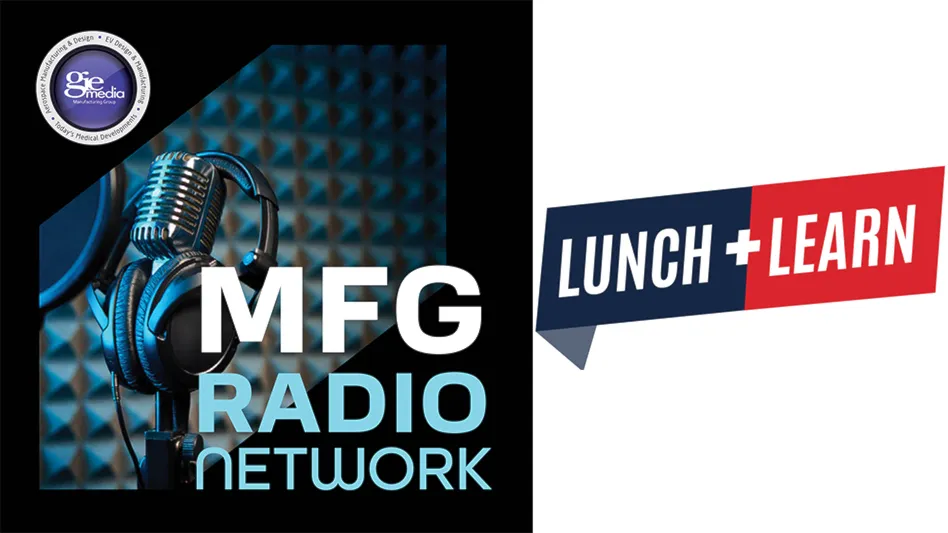
Chicago, Illinois – One of the biggest challenges in manufacturing today is the user-friendliness of machines and the training of our workforce. It has become increasingly more difficult to hire experienced or highly skilled manufacturing talent, so employers are faced with the reality of growing and educating their workforce. This situation creates an even greater undertaking when it comes to EDM machines, as unlike most Milling machines that have a standardized or universal control interface, EDM equipment traditionally requires its own unique control (due in part to proprietary technologies). In the EDM world, EDM machines from different OEM’s will have very different control systems, and EDM machine controls even from within the same OEM will be dramatically different between Wire EDM, Sinker EDM, and EDM Drilling. This presents a significant challenge to preparing the next-generation workforce.
Almost all EDM machine tool OEM’s have upgraded their control systems to a more graphical Windows-based system, but this alone does not improve productivity or support the needs of an inexperienced operator. To address the current workforce skills-gap, Makino’s solution has been to develop a new streamlined machine interface called Hyper-i that is used in all of its EDM machine systems. The Hyper-i control represents a significant step -forward in EDM, as this is the first time a single common and universal interface has been used on all (3) EDM machine disciplines. Beyond the reduced training requirements that a common EDM machine control will provide, the Hyper-i control delivers an extremely user-friendly interface that empowers an operator to be more productive.
In addressing the needs of the next-generation workforce, the Makino’s Hyper-i control utilizes a touch screen interface that is similar to smartphones and tablets. This method of operation makes interfacing with the machine more friendly and intuitive, as this eliminates the operator having the re-learn how to interact with the machine. The Hyper-i control uses a 24” wide high-definition touch screen, making the highly graphical touch interface very welcoming and effective. The Hyper-i control also contains many advanced help functions that are placed right where the operator needs them, preventing the operator needlessly searching for information. Items such as built-in electronic machine manuals, video training tutorial for machine operation and machine maintenance, process improvement E-Tech Doctor applet, and Machine Utilization Tracking functions are all integrated into the Hyper-i control and designed for easy access at any time.
Another key area for improvement in EDM operations is the reduction of machine consumables. For Wire EDM, the biggest operational expense is the consumption of wire to produce a part. Many EDM OEM’s have introduced technologies that reduce wire consumption, and this represents a significant cost savings that lasts the life of the machine. For Sinker EDM operations, the manufacturing costs are dedicated to the required electrodes. In North America, graphite is the most popular electrode material for Sinker EDM, as it provides the fastest removal rates, but multiple electrodes may be required to achieve part accuracy and quality. Many OEM’s have developed new generator technologies for Sinker EDM that reduce the electrode wear, which will reduce the required number of electrodes that must be machined, and this new technology also offers the ability to Rough and Finish a part detail using a single electrode.
About the presenter
Brian Pfluger is the EDM product line manager at Makino with more than 20 years of EDM experience. He has a degree in manufacturing technology, was a journeyman tool & die maker/machinist, and is a past instructor and educator for the machine trades.
Latest from Today's Medical Developments
- March 2024 USMTO orders were $354.7 million
- AM for Aircraft Cockpit Interior Components
- Arizona WearTech Center member receives new patent
- SABIC showcased progress in plastic innovation
- Ink for 3D-printing flexible devices, no mechanical joints
- Fastems' Manufacturing Management Software Version 8.2
- Endeavor 3D’s strategic relationship with Materialise and HP
- Aerotech’s Automation1 2.7





